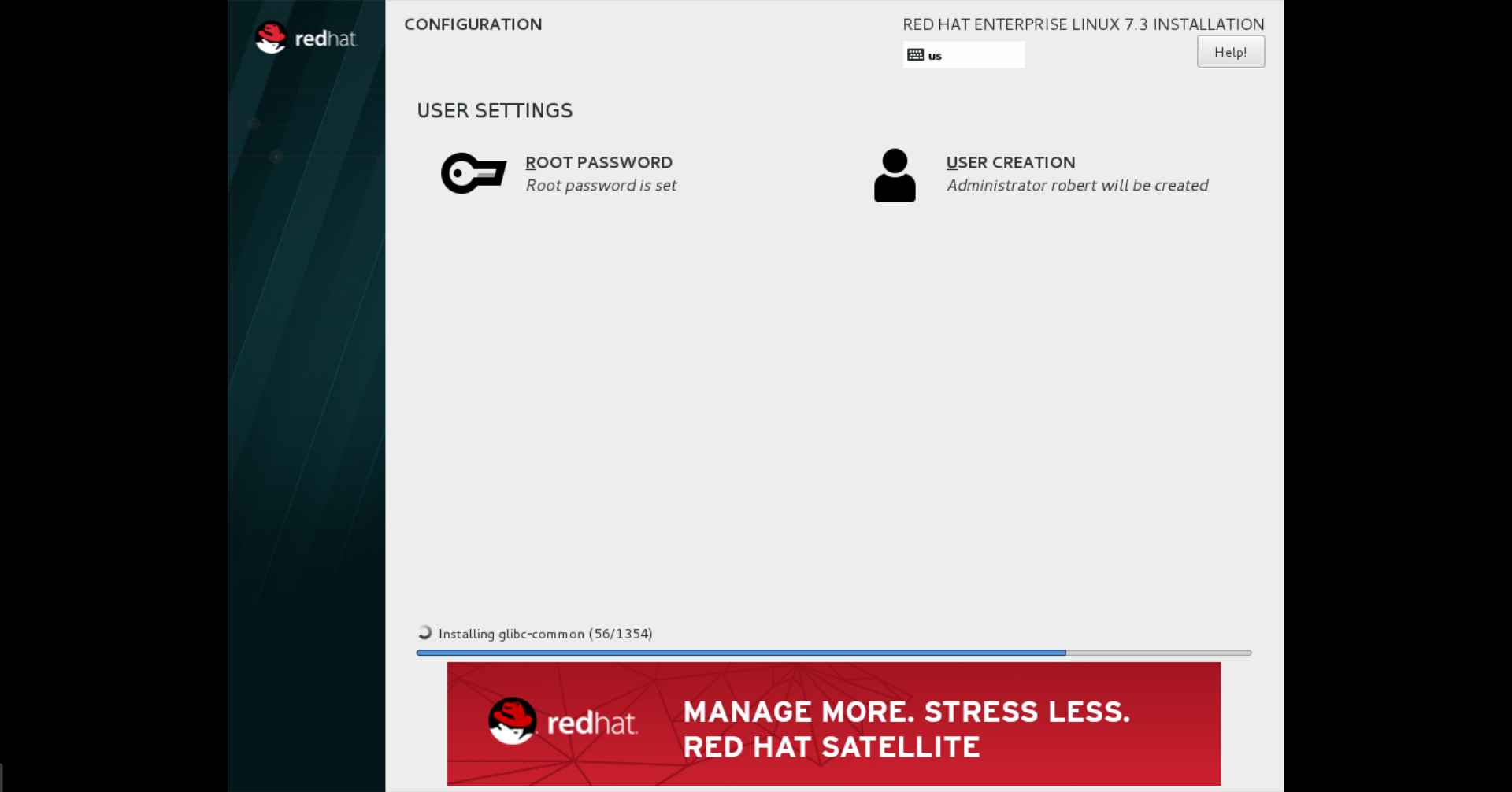
Red Hat Enterprise Linux 7 Torrent
Block adobe cs5 activation host file Activation servers can i.the script will reset your hosts file with the proper.add these entries to your hosts file.block hosts file for adobe cs5 serial. Block Adobe Activation Servers for CS4 and CS5 via HOSTS file. Caution: Downloading and using any leaked builds or any hacked/cracked version of any software is not only illegal and a crime punishable by law, but also pose great security risks and should be avoided. HowTo: Block Adobe Activation using the Hosts file (Updated Jan 2014) After we update the host file, when the application will try to contact the activation server it will be redirected to the loop-back address 127.0.0.1 and therefore will be blocked. The Hosts file is a static name-resolution table that overrides the system's DNS server settings. Ereg.adobe.com 127.0.0.1 activate.wip3.adobe.com • The Windows Hosts file is a file that Windows uses to control and map IP addresses. By editing the Hosts file, Windows can be customized to block or redire • Feb 16, 2011 - 2 min - Uploaded by nabeelkangHow to edit HOST file in mac the EASY way sudo. Hosts file entries to block adobe activation mac 2017. Block Adobe Activation v2 + Master Collection CS5 SN/ Mac Only. The script will reset your hosts file with the proper Adobe servers. Everyone (including people who have blocked Adobe before) stands to benefit from a clean, properly edited hosts file. If you need to preserve extra entries, you can do that too, the script is flexible.
Red Hat Enterprise Linux 8 beta version has been released which provides an early access to what RHEL 8 will bring. The new release of RHEL is based on Fedora 28 and the upstream kernel 4.18.
Red Hat Enterprise Linux 7, codename “Maipo” was released on June 10, 2014. It is based on Fedora core 19, upstream Linux Kernel 3.10, Gnome 3.8 and Systemd 108. It is based on Fedora core 19, upstream Linux Kernel 3.10, Gnome 3.8 and Systemd 108.
It provides users with stable, secure and consistent foundation across hybrid cloud deployments with the tools required to support traditional and emerging workloads. RHEL 8 Features Here are some of the highlights for the new release: • Content will be available through the BaseOS and AppStream repositories.
• A new extension of the traditional RPM format has been introduced – called modules in the AppStream repository. This will allow for multiple major versions of a component to be available for install. • In terms of software management is now based on the technology. It provides support for modular content, better performance and a stable API for integration with tooling. • Python 3.6 is the default Python implementation in the new release of RHEL.
 I checked my collection. Finally DVD collection started from 9,10,11,12,(there isn't number 13)14,15,16(from 9-16 these are Royalty Free) and 17(No.17 for private use, in case of commercial use extra license is needed).
I checked my collection. Finally DVD collection started from 9,10,11,12,(there isn't number 13)14,15,16(from 9-16 these are Royalty Free) and 17(No.17 for private use, in case of commercial use extra license is needed).
There will be limited support for python 2.6. • The following database servers will be available – MySQL 8.0, MariaDB 10.3, PostgreSQL 10, PostgreSQL 9.6 and Redis 4. • For desktop – Gnome Shell rebased to version 3.28.
• Desktop will use Wayland as default display server. • Stratis local storage manager is introduce. It allows you to easily perform complex storage tasks and manage your storage stack using unified interface. • System-wide cryptographic policies, covering the TLS, IPSec, SSH, DNSSec, and Kerberos protocols, are applied by default. Administrators will be able to easily switch between policies. • Nftables framework now replaces iptables in the role for default network packet filtering facility.
• now uses nftables as default backend. • Support for IPVLAN virtual network drives that enable the network connectivity for multiple containers. These are just some of the new features. For complete list, you can check the. Download RHEL 8 ISO Image To prepare your installation media, you will need to download the installation image for your system architecture. To do this, you will need to signup for a free trial at. Note that we do not stop explicitly on how to create your boot media as this is a topic of another conversation and the process might be different, depending from what OS you are using.

Still, you can burn the ISO to a DVD or prepare a bootable USB drive using these. Installation of RHEL 8 If you have ran previous installations of Linux especially CentOS or Fedora, you will be very familiar with the installer. When the first screen appears, you can choose to test the installation media and proceed with the installation or directly proceed with the install.